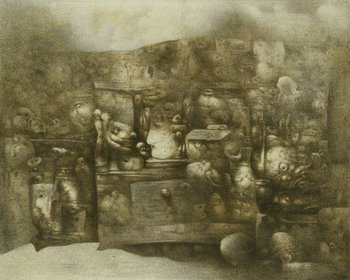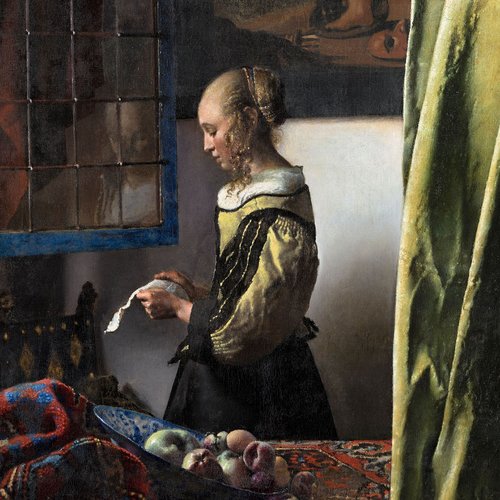Heinz Lohmar
Heinz Lohmar (1900 – 1976), who later became a protagonist of the so-called Socialist Realism after 1949 and a teacher of Gerhard Richter, encountered the works of renowned French Surrealist artists during his emigration to Paris in 1933. His composition “Farewell to Paris” from 1947 closely relates to these works, addressing the relationship between art and reality. The overlaid and merged animal and mythological figures in Lohmar‘s “Übertier” from 1936, can be interpreted as a critique of the times consi-dering his left-wing political engagement and his escape, but also indicate that Lohmar had studied the works of Max Ernst.



